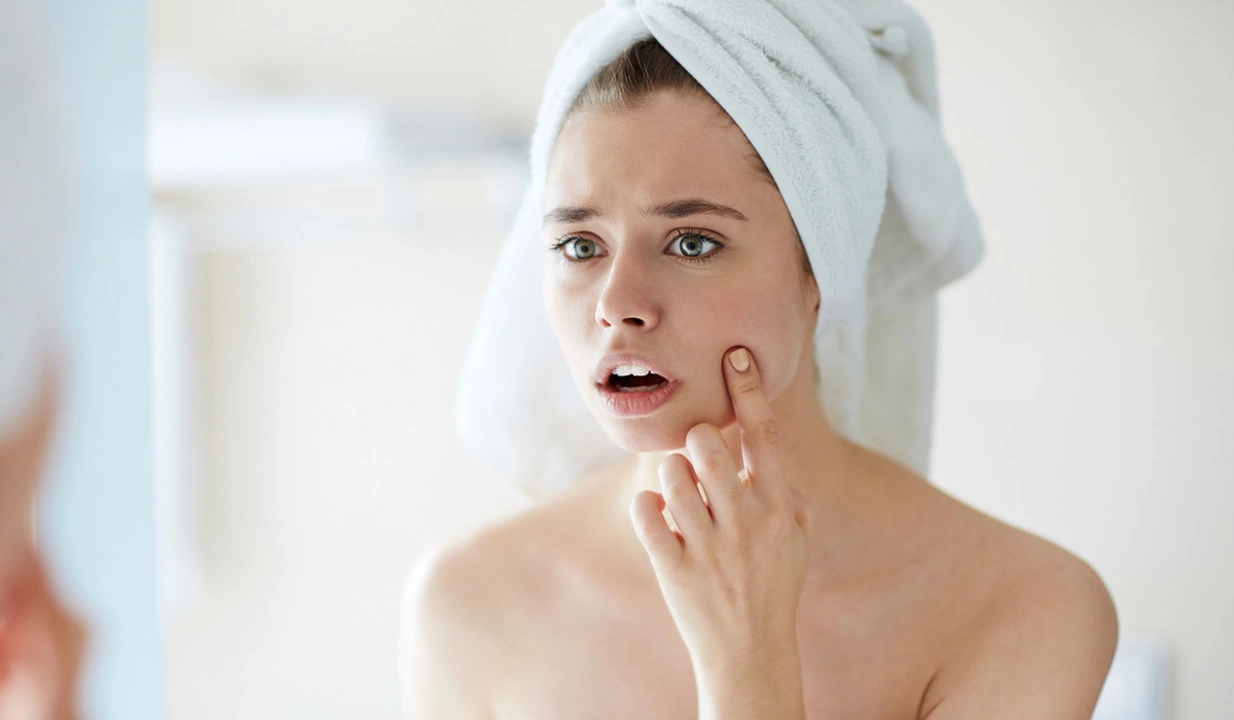Sunburn: Fast Relief, Smart Prevention, and When to See a Doctor
You can get a sunburn in as little as 15 minutes on a bright day. That sudden burn, redness, and tight skin is your body saying it needs help. This guide gives clear, useful steps to ease pain, protect healing skin, and avoid the next burn.
Immediate first aid for sunburn
Start cooling right away. Move out of the sun and apply cool (not icy) water or a cool compress for 10–20 minutes. That lowers skin temperature and cuts pain. Take a cool shower or soak for a few minutes if the area is large. Pat skin dry gently—don’t rub.
Apply a lightweight moisturizer or aloe vera gel while skin is still slightly damp. Aloe soothes and helps with itching. Avoid heavy creams with perfumes or alcohol that can irritate. If blisters form, don’t pop them; cover small blisters loosely with sterile gauze and let them heal.
For pain and swelling, over-the-counter ibuprofen or acetaminophen can help. Follow the package dose for adults or children. Drink extra water—sunburn draws fluid to the skin and can dehydrate you. Wear loose, soft clothing while your skin heals.
Short-term care and what to watch for
Over the next few days, keep the skin moisturized and protected from more sun. Use a broad-spectrum sunscreen SPF 30 or higher when you go back outside, even if the burn has faded. Avoid tanning beds and direct sun until your skin fully recovers.
Watch for signs of infection around blisters—yellow crust, increased pain, spreading redness, or fever. If you notice those, see a doctor. Also seek care if you have severe burns over a large area, blistering that covers a lot of your body, high fever, confusion, or persistent vomiting. These may signal heat illness or severe sunburn needing medical attention.
Avoid home remedies that can make things worse: petroleum might trap heat, and butter or oils can increase irritation. Stay away from topical creams containing benzocaine on large areas—some people get allergic reactions.
Want to prevent future burns? Plan ahead. Wear a wide-brim hat, sun-protective clothing, and sunglasses. Apply sunscreen 15–30 minutes before heading outside and reapply every two hours, or after swimming or sweating. Remember, clouds and water reflect UV rays—you can burn even on overcast days.
Finally, think long-term. Repeated sunburns raise your risk of skin aging and skin cancer. Check your skin monthly for new or changing spots and talk to a dermatologist if something looks off. A little care now keeps your skin healthier and pain-free later.

Sunburn and Acne: What You Need to Know
As a blogger who's experienced the pain of sunburn and the annoyance of acne, I wanted to share some essential information with you all. Sunburn can cause skin irritation that might lead to acne breakouts, so it's crucial to protect your skin from harmful UV rays. It's also important to avoid oil-based sunscreens, as they can clog pores and worsen acne. Instead, look for non-comedogenic and broad-spectrum sunscreens to keep your skin healthy and clear. Lastly, remember to stay hydrated and moisturize to help your skin heal from sunburn and prevent acne outbreaks.
